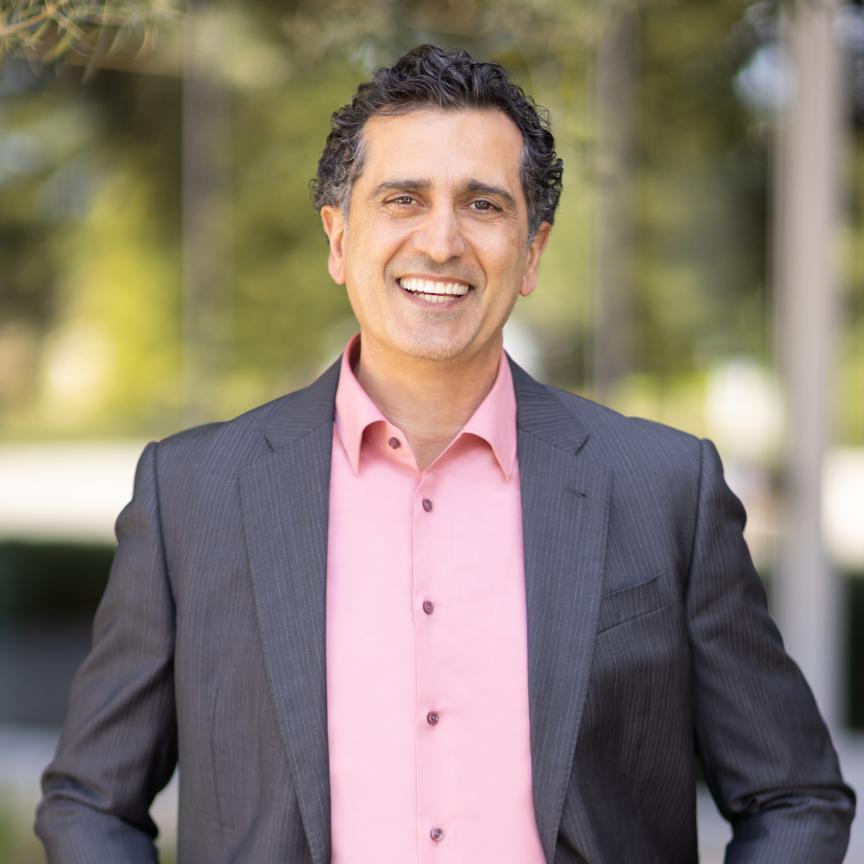Developed as part of a project sponsored by the Austrian Science Fund (FWF), the new Generic Exploration and Navigation Tool for Structures (GENTs) enables a completely new approach to the design of load-bearing structures. The software combines evolutionary optimisation methods and computer-based calculation tools for the first time to create an intuitive tool for architects and engineers. This allows the conception of light, flexible and resource-efficient load-bearing structures out of irregular shapes.
‘This means we can now calculate irregular structures and come up with designs without being bound to particular support structure types or schemes. GENTs combines countless variations of individual structural elements which can in turn be mutated and recombined until the most effective solution is identified. The quantity of material included in the calculation is precisely sufficient to ensure stability, enabling the creation of particularly light structures,’ explained project leader Prof. Klaus Bollinger of the Institute of Architecture at the University of Applied Arts Vienna. The key parameters that the programme takes into account during its calculations are the shape, position and function of each element of the support structure.
Until now, the design of beam structures only allowed for the channelling of forces applied by pressure and tensile load. This led to a conventional canon of various framework typologies which were all based on triangles as basic design units, which thereby all had a high degree of regularity in common. With GENTs, bending moments can also be factored into the design process, together with pressure and tensile load. As a result, the design no longer starts out from a simplified systematisation, but can simulate the entire complex interaction of the individual beam elements, allowing an expansion of the design options previously limited to basic triangular units. The way in which this structural optimisation works was demonstrated in extensive series of tests with up to 2.5 million calculated structures. GENTs-generated support structures show the same load-bearing capacity and deformation as traditional ones, but are up to 15 per cent lighter.
The realisation of a design based on this optimisation can now be seen at the Airrail Center, Frankfurt, where a bridge is being built for a mini-metro based on a GENTs design. The calculative possibilities for structural optimisation allow the creation of a dynamic appearance and function. The appearance of the irregular, sinuous design supports the movement of the train as it passes through the bridge.

